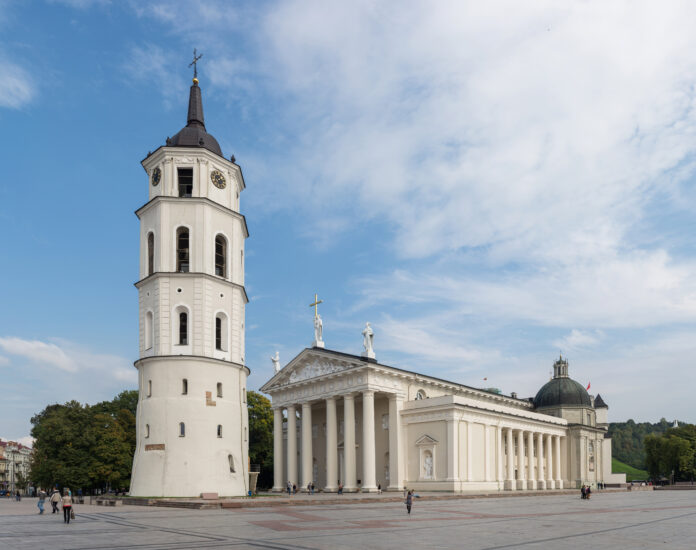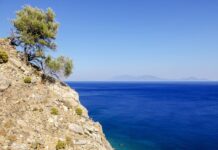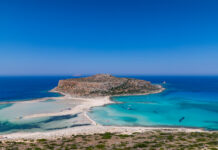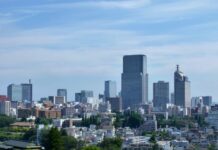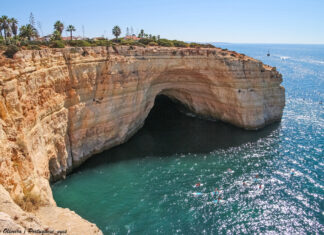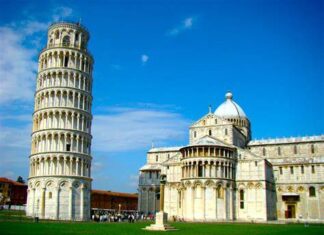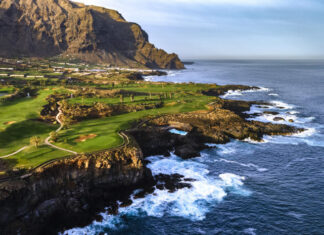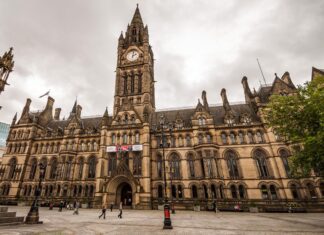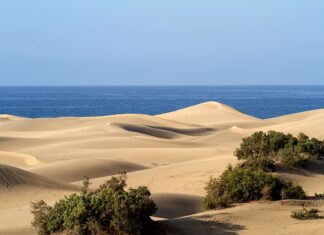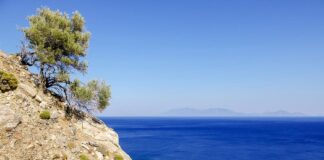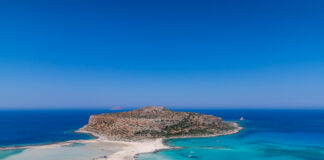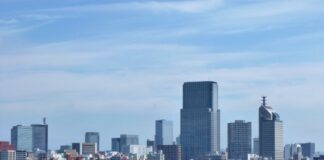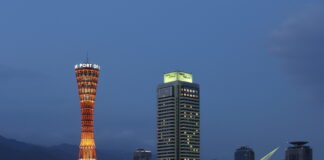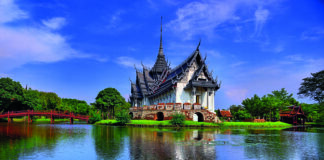Lithuania, a gem in the Baltic region, is a land replete with medieval architecture, lush forests, and rich history. From the vibrant streets of Vilnius to the tranquil Curonian Spit, Lithuania has something for every traveler. Here's a look at ten popular places in this charming country.
- Vilnius Old Town The capital city, Vilnius, is home to one of Europe's best-preserved medieval old towns. The UNESCO-listed Old Town showcases a harmonious blend of Gothic, Renaissance, and Baroque architecture. A stroll through its cobbled streets, exploring landmarks like the Gediminas Tower and Vilnius Cathedral, is like stepping back in time.
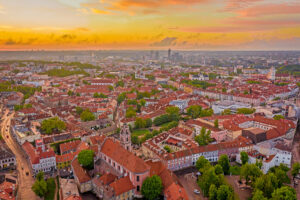
- Aukštaitija National Park Located in eastern Lithuania, Aukštaitija National Park is a nature lover's paradise. The park has nearly 200 lakes, dense forests, and traditional wooden villages. It's an ideal spot for hiking, boating, and exploring Lithuania's natural beauty.
- Kaunas As Lithuania's second-largest city, Kaunas boasts a rich cultural heritage. The Old Town of Kaunas is adorned with medieval architecture, including Kaunas Castle and Vytautas' Church. The city is also known for its vibrant street art and the Pazaislis Monastery, an exemplar of Italian Baroque architecture.
- Curonian Spit This unique geographical feature is a thin, 98 km long dune peninsula that separates the Curonian Lagoon from the Baltic Sea. It's a UNESCO World Heritage Site, boasting serene beaches, shifting dunes, and charming fishing villages. Nida, one of the villages, is particularly popular for its sundrenched beaches and the Paradise Dune.
- Hill of Crosses One of Lithuania's most iconic and spiritual sites, the Hill of Crosses, is located near Šiauliai. Thousands of crosses of varying sizes, along with rosaries and other religious icons, have been placed here over the centuries by pilgrims.
- Trakai Island Castle, About 28 kilometers from Vilnius, lies the Trakai Island Castle, a 14th-century fortress on an island in Lake Galvė. Once a formidable defense against invaders, today, the castle houses a museum displaying Lithuanian history. The picturesque surroundings and the reflection of the court on the lake make it a popular destination.
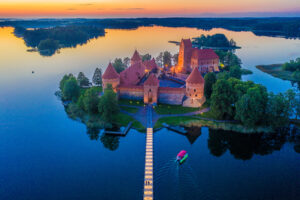
- Klaipėda is Lithuania's third-largest city, situated on the Baltic coast. It's an important seaport with a fascinating history and culture. The Old Town is known for its charming half-timbered houses, the Theatre Square hosts various festivals, and the famous Ann from Tharau Fountain.
- Palanga A resort town on the Baltic coast, Palanga is known for its sandy beaches, bustling pier, and the Botanical Gardens housing the impressive Amber Museum. The museum, situated in a 19th-century palace, showcases an extensive collection of amber pieces, many with intriguing insects trapped inside.
- Druskininkai, A spa town in southern Lithuania, is renowned for its wellness resorts and mineral waters. Druskininkai is an oasis of relaxation, offering a wide array of spa treatments, indoor ski slopes, and the Grūtas Park, which exhibits Soviet-era statues and memorabilia.
- Žemaitija National Park, located in the northwest region of Lithuania, it is a pristine and ecologically diverse area that spans over 220 square kilometers. The park, which was established in 1991, is situated in the historical region known as Samogitia (Žemaitija in Lithuanian), and it encompasses dense forests, over a hundred lakes, and numerous historical and cultural sites. One of the park's most fascinating attractions is the former Soviet Union's underground missile base, now a Cold War museum. Visitors can also indulge in hiking, boating, fishing, and exploring traditional Lithuanian villages. Žemaitija National Park is a treasure for nature lovers and history enthusiasts alike.

